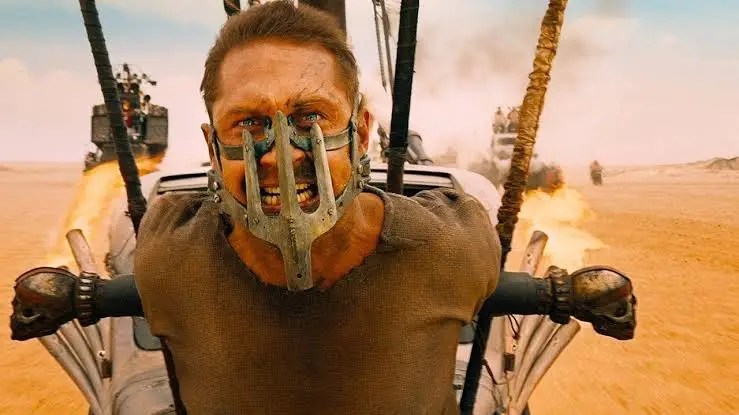First impressions matter—especially in filmmaking. STUDIOVITY AI helps screenwriters identify weak spots in their scripts, starting with one of the most crucial areas: the opening scene. Your film’s first few minutes can make or break the audience’s connection. But how do you know when it’s time to rewrite your opening scene?
This guide explores 10 clear, detailed signs that signal your opening needs a stronger narrative, sharper structure, or more emotional weight. Each sign comes with examples, practical advice, and industry-tested solutions.

1. Your Opening Scene Doesn’t Match the Tone
An inconsistent tone can confuse or mislead your audience. For example, a film that opens with comedy but transitions into horror may lose viewer trust.
Fix it: Reread your script’s genre and core message. Then ensure your first scene aligns tonally with the rest. If you’re writing a thriller, your opening should feel suspenseful—not lighthearted.
2. Nothing Meaningful Happens
The beginning of your story needs momentum. If your scene is filled with slow introductions, aimless dialogue, or static visuals, your viewers may lose interest quickly.
Ask yourself: What conflict, curiosity, or dramatic question am I introducing in the first two minutes?
Example: In Inglourious Basterds, the opening conversation escalates tension and sets the tone, characters, and stakes right away.

3. Your Protagonist Appears Too Late
Delaying your lead character’s introduction makes it harder for the audience to invest. You risk focusing too much on side characters or world-building.
Tip: Even if your protagonist isn’t speaking, show them early—perhaps observing something or reacting silently. This builds intrigue.
Example: Mad Max: Fury Road shows Max caged and haunted within the first few frames.

4. Too Much Exposition
Are you dumping backstory through narration or long dialogue? While context matters, your audience prefers to discover the world naturally.
Instead: Show, don’t tell. Use visuals, behavior, or conflict to reveal history. A world that unfolds layer by layer keeps viewers engaged.
STUDIOVITY AI can analyze your script for exposition-heavy scenes and recommend restructuring.
5. Lacks a Visual Hook
Your first image should speak volumes. Whether it’s stunning, symbolic, or shocking—it needs to grab attention.
Make it count: Use a surprising image, a visual metaphor, or a bold setting to launch your story.
Example: Blade Runner 2049 begins with sweeping visuals of a dystopian wasteland, setting mood and scale.

6. No Early Conflict
Conflict fuels drama. Even if it’s subtle (inner turmoil, a small disagreement), introducing stakes early keeps viewers curious.
Solution: Hint at what the protagonist wants—and what stands in their way. This doesn’t require action, just tension.
Example: Get Out opens with a character being stalked, setting an uneasy tone and introducing danger.
7. Unnatural Dialogue
Dialogue should sound like real conversation—not forced exposition or theatrical monologues.
Fix it: Read it aloud or have actors perform it. If it feels awkward or robotic, rework the phrasing.
Bonus tip: Show character through word choice and rhythm. How someone talks tells us who they are.
8. Theme Isn’t Clear
The theme is your film’s heartbeat. Even if it’s subtle, your opening should whisper it early.
Align it: If your story explores identity, loss, or redemption, introduce emotional or visual cues that nod to that theme.
Example: The Pursuit of Happyness begins with Chris struggling—setting up the theme of perseverance.

9. Generic Setup
If your scene feels like it could be in any film, it may lack specificity. Your story should immediately stand out.
Ask: What makes your characters, world, or scenario unique? Avoid clichés like a character waking up late or narrating their bio.
Instead: Show your world through action and design. Add cultural or emotional nuance.
10. Consistent Feedback Points to the Opening
Have peers, mentors, or readers repeatedly flagged the first scene? That’s a sign worth listening to.
Use STUDIOVITY AI: It breaks down scene effectiveness by pacing, emotional beats, and plot clarity—helping you spot where to rewrite your opening scene.

Final Thoughts: Rewrite Your Opening Scene with Confidence
The opening scene is more than just a beginning—it’s your film’s handshake. It shows the audience what kind of journey they’re in for. If any of these signs resonate, take the opportunity to strengthen your work.
With powerful tools like STUDIOVITY AI, clear writing goals, and thoughtful revision, you can transform a weak opening into an unforgettable one.
Don’t just tell a story—start strong, and tell one worth remembering.

